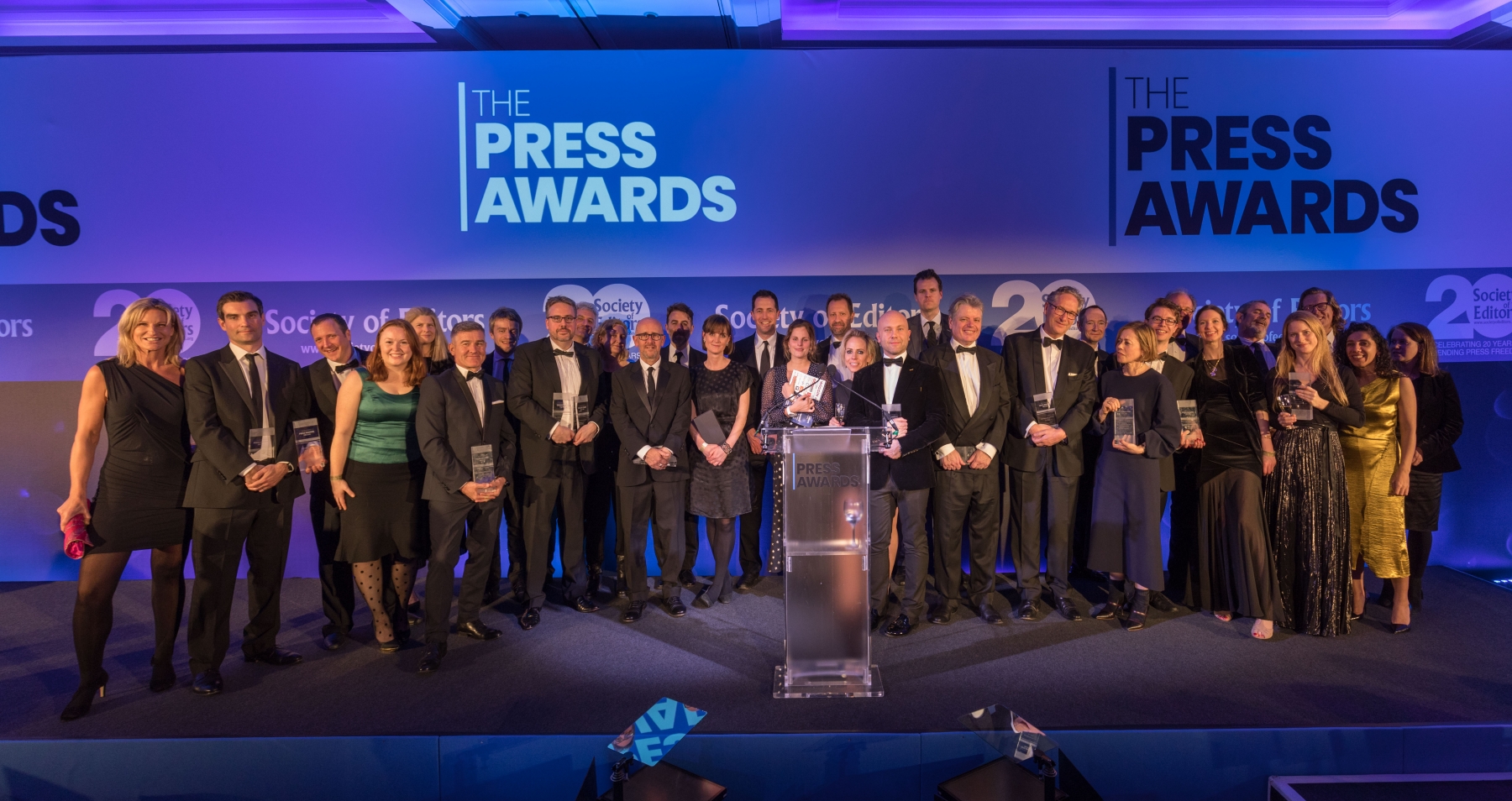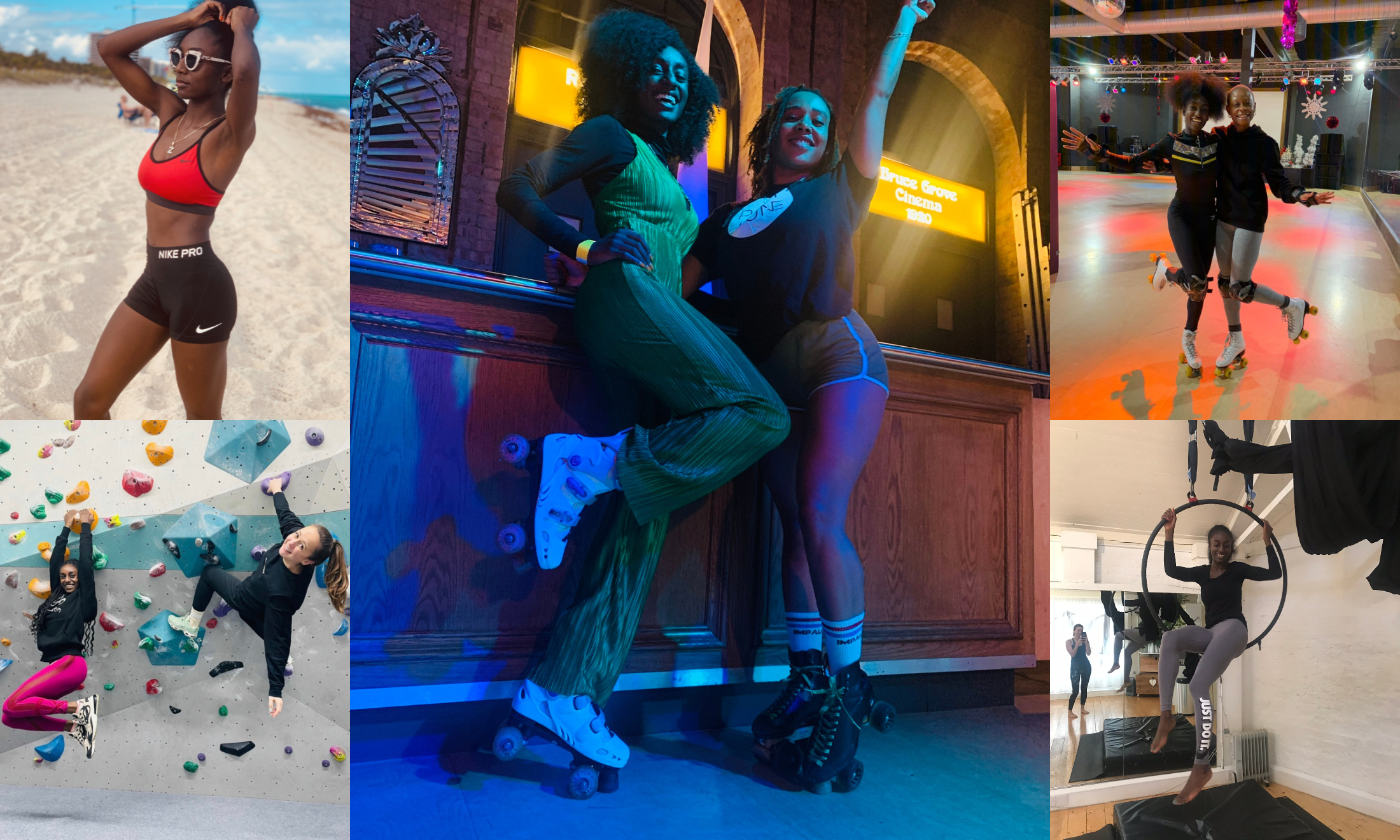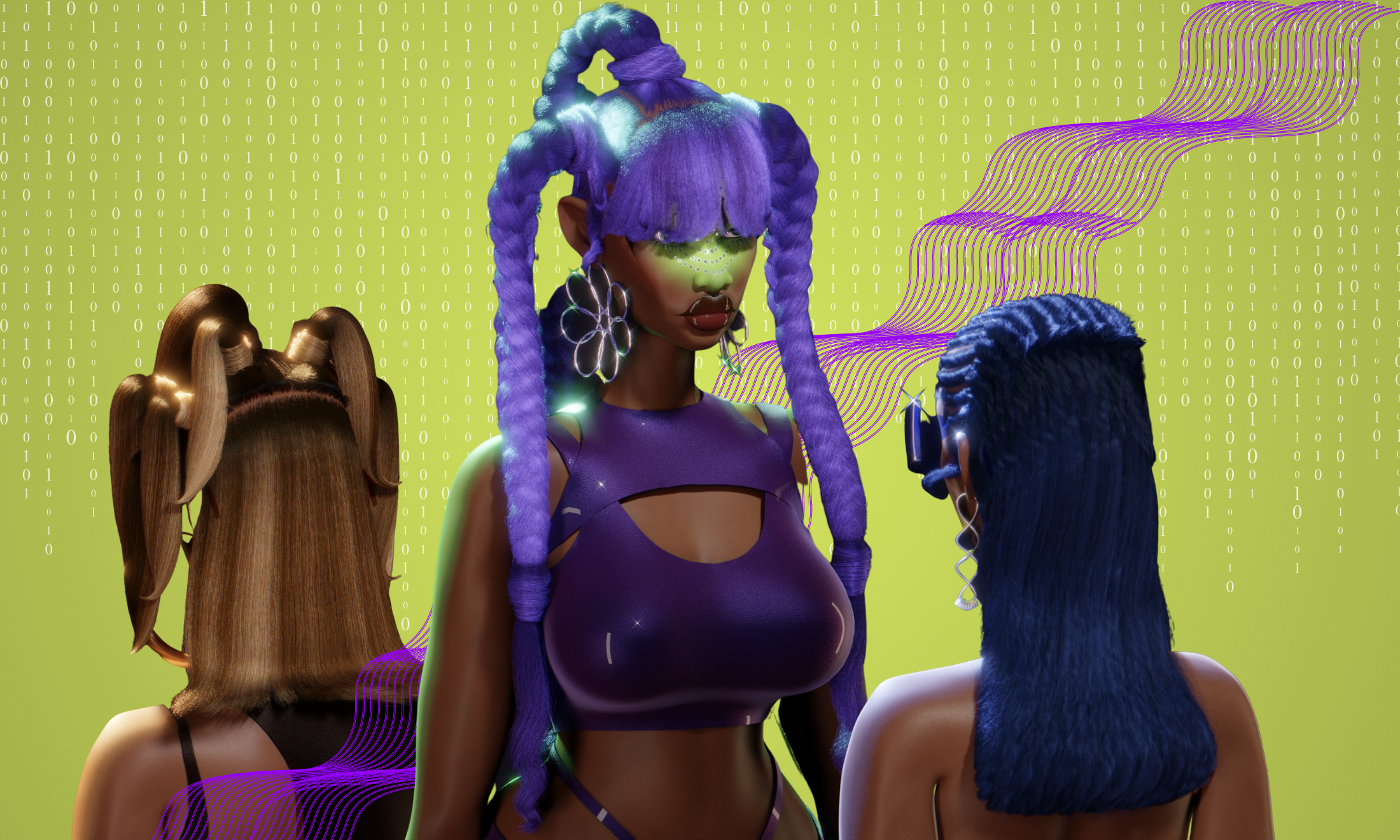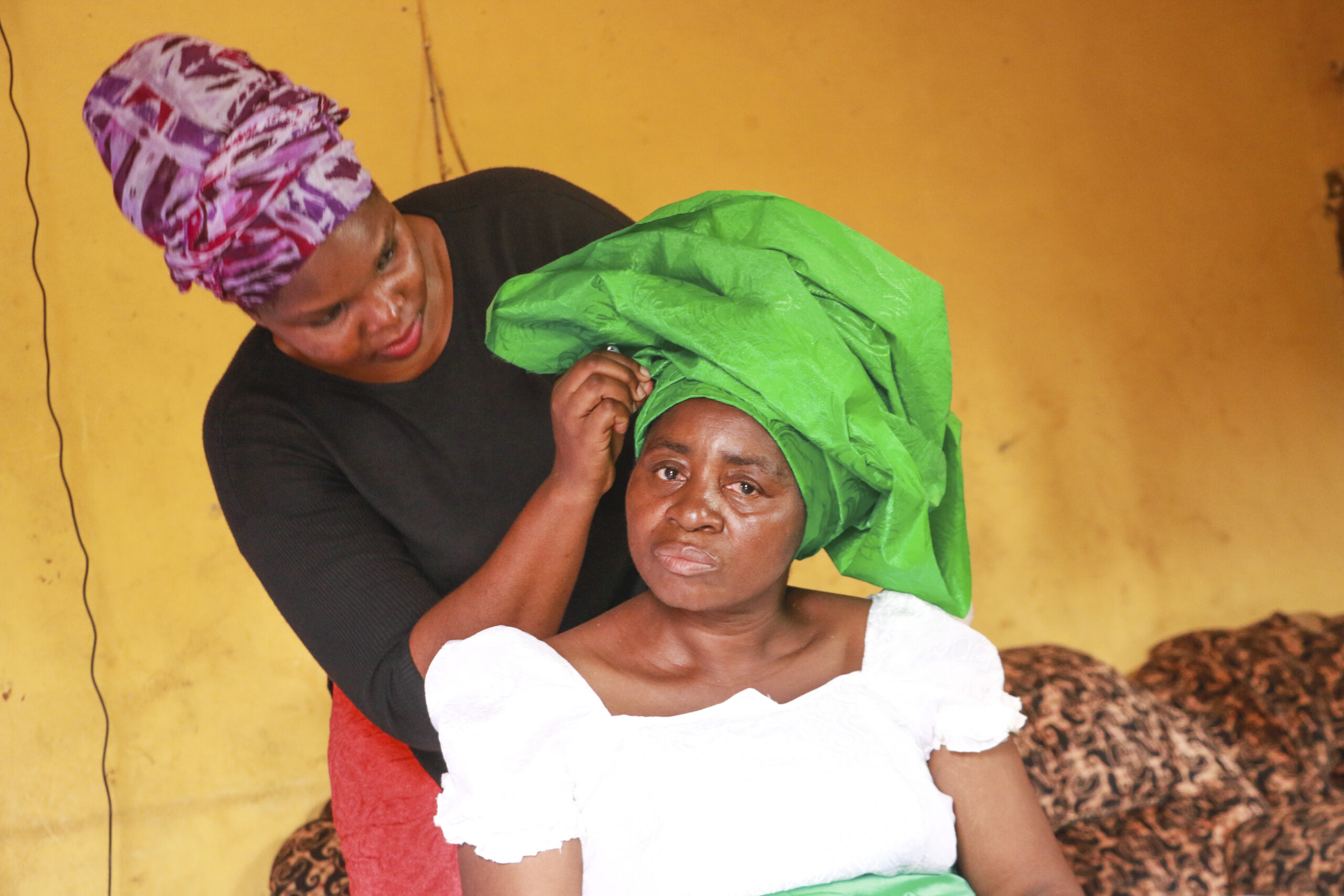
The Press Awards reminds us that writers of colour are still an afterthought in British media
Micha Frazer-Carroll
02 Apr 2019
Image via The Press Awards / Society of Editors
In a time in which Muslim women have been compared to letterboxes in a national broadsheet, and black students are routinely targeted by the right-wing press, perhaps it won’t come as a shock to anyone that the media has a problem with race.
But in the run-up to Tuesday’s Society of Editors National Press Awards, anyone who already had a hunch will have had their suspicions confirmed when the shortlist dropped. The awards have been running since 1962 and are some of the most prestigious in the industry – but not one black woman or non-binary journalist featured on the list of 157 entrants this year. To add insult to injury, just three people of colour’s names made the cut. The society told gal-dem that they were “disappointed” in the lack of diversity, also pointing towards the larger issue of disproportionate whiteness across the industry. They also confirmed that at least one of the judges involved in the shortlisting process was a person of colour – but that doesn’t necessarily mean much considering there were 90 of them.
This isn’t the first year people have felt let down by the representation on the list of nominees. 2019 was also the first year that a diversity award was actually added to the list of 25 categories – which went to Patrick Strudwick, who acknowledged in his speech that he was still a white man. Why are the Press Awards still so white, and what have we got to do to change it?
“This is a problem that can’t be radically overhauled by simply appealing to ‘diversity’, particularly if it’s only in the lowest ranks of an organisation”
Firstly, we can’t ignore the fact that journalism is itself, very white – 94% to be exact. But this doesn’t wholly explain the gulf in formal recognition for our work, as you could argue that if work from marginalised perspectives is underrepresented, its value should be increased. Good work by people of colour goes on in newsrooms every day. Publications like gal-dem and Black Ballad are good examples of this, being run by – and creating fresh content that appeals to – young women and non-binary people of colour.
In the realm of traditional press, the Guardian also has made efforts to increase the number of people of colour on its roster of journalists. Although it doesn’t currently log stats on the ethnic makeup of its editorial staff, it heads up key commentators like Gary Younge, while bringing young people on board thanks to its positive action scheme headed up by Joseph Harker. If you’re looking for “media freedom” as the society claims it is, that means diversity in experience too. The voices are here, but it feels as if we’re rarely noticed.
And what about who’s at the top? While there are no stats on the race of editors, 80% are privately or grammar-educated, and anecdotally it’s almost always the case that the people of colour you meet are in the lower ranks. If people of colour only scrape into the lowest positions in news and media organisations, it’s naturally less likely that our ideas will ultimately get airtime. After today’s morning news meeting at gal-dem, our deputy editor Charlie, reflected and mused: “All around the country there are newsrooms, editors and papers deciding that the things places like gal-dem want to cover aren’t newsworthy, or aren’t interesting”. And this is a problem that can’t be radically overhauled by simply appealing to “diversity”, particularly if it’s only in the lowest ranks of an organisation. Meanwhile, actively harmful coverage of marginalised groups within the very same papers doesn’t create an environment that feels safe for us. That includes the rampant transphobia that’s swept the mainstream press in recent years and seen the likes of Janice Turner – who claimed that children had been “sacrificed” for trans rights – up for journalism awards.
“How about bringing more people of colour on board judging panels?”
Besides the structural issues within journalism as an industry, there are also things awards ceremonies themselves could be doing better; perhaps this year is a reminder that adding a diversity category isn’t going to magically fix the issue of underrepresentation in the industry. Buzzfeed UK’s Elizabeth Pears, who was a judge for two categories this year, explained this on Twitter, saying: “It’s important to see more diversity of thought in the judging room too.” This hits the nail on the head – similar to the decolonise movement taking place across many universities, it’s not about black and brown faces on reading lists but about the way we think about the structures themselves. How about bringing more young people of colour on board judging panels, thinking about diversity across categories, opening up to publications beyond broadsheets and tabloids, or considering the removal of an entry fee?
The society isn’t entirely wrong – the problem with race and the Press Awards isn’t solely their making, it’s partly reflective of broad historical and structural issues across publications. To address the problem, we need to embrace re-evaluating and rebuilding structures within papers, and what’s viewed as “excellent” reporting and comment in the first place. But there’s still a serious responsibility on the part of awards ceremonies – and it’s not just about tick-box diversity categories, or even quotas for that matter, but shaking up how we approach news, and what we see it to be. Finally acknowledging ignored issues like Windrush – which got the Guardian’s Amelia Gentleman a place on the shortlist – is a great place to start. But it’s also about getting broader perspectives on the judging panel, which doesn’t just mean journalists of colour, but trans, queer, disabled, and working class voices too.
As we supposedly fight for inclusive, democratic and free platforms, we should interrogate what that actually means. The tools and the willing participants are there, now it’s just about putting in the time and effort. Who will rise to the challenge?
gal-dem’s alternative reading list – ten writers to check out:
- Natalie Morris
- Rachael Krishna
- Amrou Al-Kadhi
- Yomi Adegoke
- Moya Lothian-McLean
- Kuchenga
- Afua Hirsch
- Zing Tsjeng
- Kieran Yates
- Kuba Shand-Baptiste









